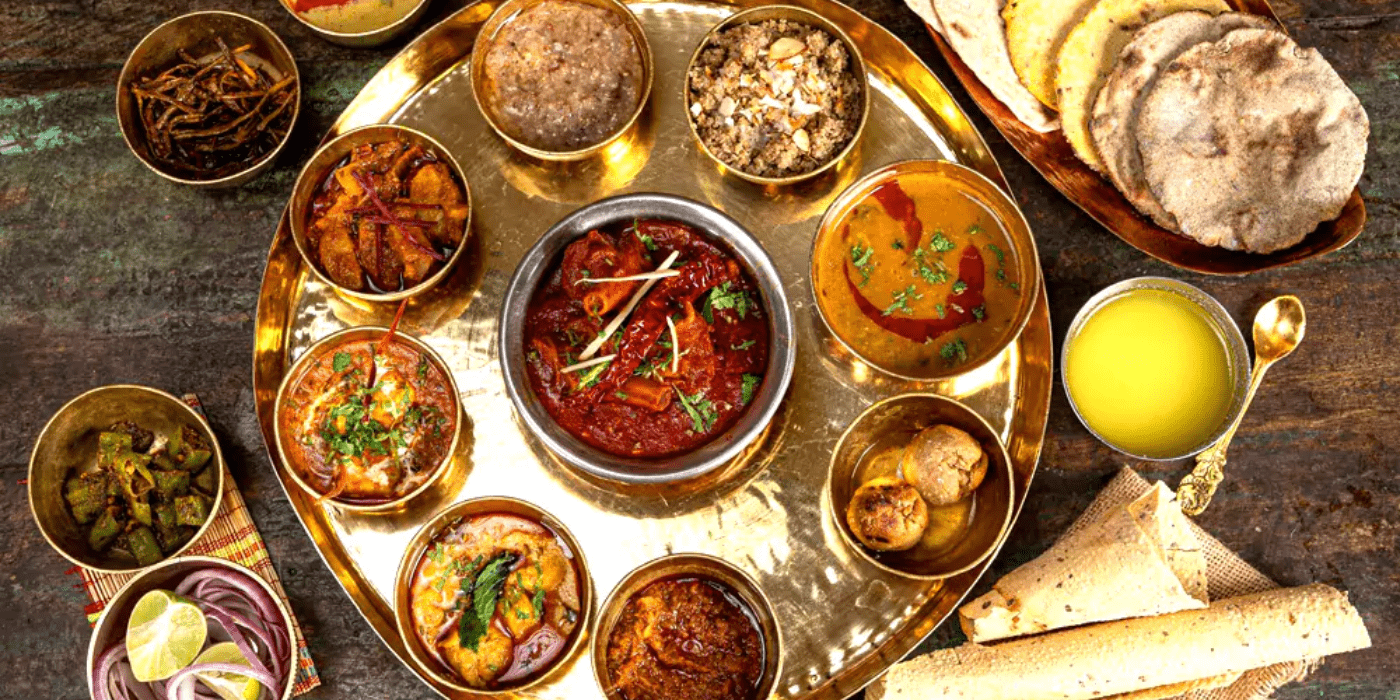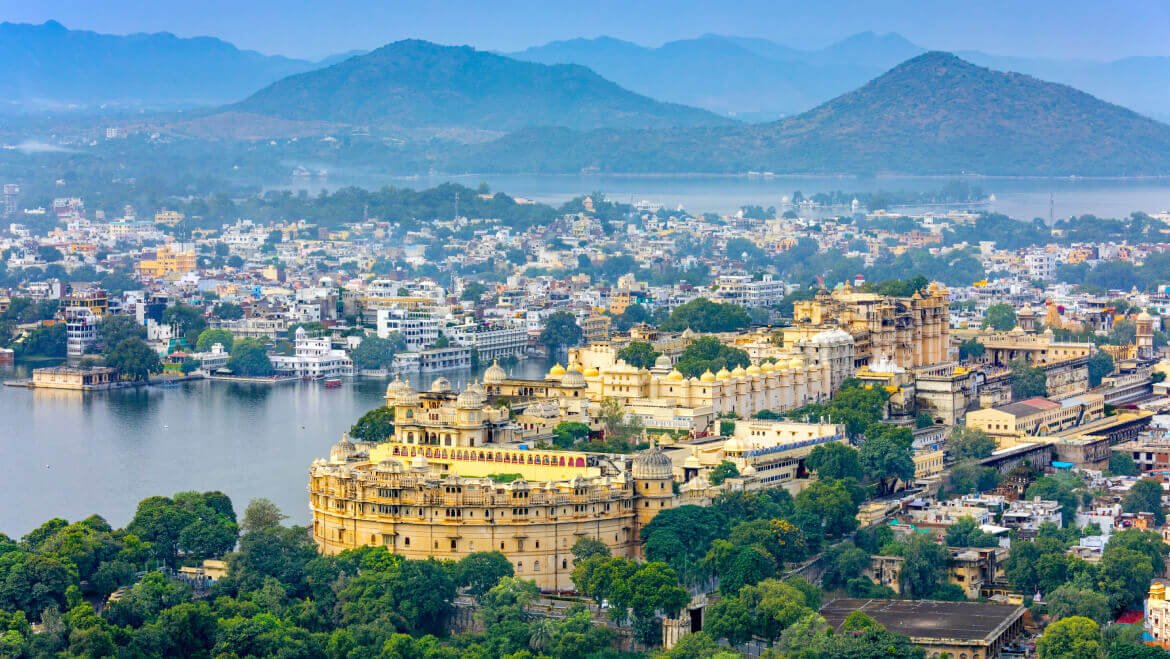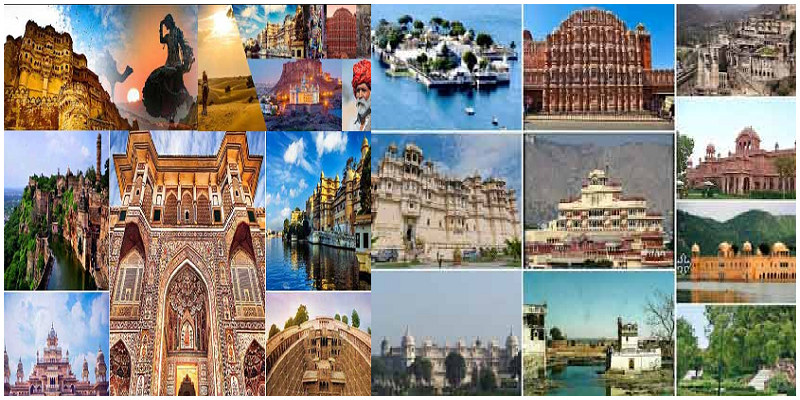When one embarks on a cultural journey through India, Rajasthan often stands out—not just for its forts and palaces, but for its food. Rajasthani cuisine has quietly grown into a global fascination, celebrated for its bold flavors, inventive use of local ingredients, and the timeless stories it carries. Anyone exploring the state with a seasoned Rajasthan tour operator is bound to be enchanted not only by the visual splendor but by the aroma of authentic food wafting from village kitchens and heritage hotels alike.
Rooted in Heritage and Geography
The evolution of Rajasthani cuisine is closely tied to the desert landscape and the warrior traditions of its past. The arid climate of the region limited the use of fresh vegetables, leading to the rise of dishes that could be preserved without refrigeration. Ingredients like gram flour (besan), lentils, and dried berries (ker and sangri) became staples. Dishes such as Gatte ki Sabzi, Panchmel Dal, and Ker Sangri are direct results of adapting to nature’s constraints with culinary ingenuity.
Meals were traditionally cooked in ghee, not only to enhance flavor but also to ensure longevity. This use of clarified butter, along with generous spices, has come to define the richness of the cuisine. Such historical and geographical nuances give Rajasthani food an identity that cannot be easily replicated.
Royal Influence and Community Traditions
What sets Rajasthani cuisine apart is the strong imprint left by its royal kitchens. The Rajput kings, known for their valiant warfare and grand lifestyles, brought refined methods of cooking game meat and elaborate feasts. Dishes like Laal Maas (a fiery mutton curry) and Safed Maas (a milder variant with yogurt and cashew) originated in royal courts and are still cherished today.
Simultaneously, Rajasthan’s large Marwari and Jain communities contributed a wide range of vegetarian recipes, many of which avoid garlic and onion, yet manage to achieve remarkable depth of flavor. The contrast between fiery meat dishes and subtle, balanced vegetarian fare adds to the wide appeal of Rajasthani cuisine.
Preserved Techniques and Generational Knowledge
The cooking methods of Rajasthan have been preserved through generations, often passed down orally from grandmothers to daughters. Slow-cooking over coal, the use of traditional spice blends, and sun-drying ingredients are practices still observed in many rural households. In today’s digital era, these time-honored methods are being documented and shared, making the cuisine more accessible while retaining authenticity.
Travelers opting for immersive experiences such as the Majestic Rajasthan Getaway Tour often find themselves invited into local homes or heritage stays, where they learn not just how a dish is made, but why it is made that way. This lived experience elevates a simple meal into a cultural exchange.
Flavor Profiles That Excite and Comfort
One of the biggest reasons behind the popularity of Rajasthani cuisine is its complex yet balanced flavor profile. The use of tamarind, dried mango powder (amchur), cloves, cardamom, and red chilies is masterful—never overwhelming, always distinctive.
Signature dishes include:
- Dal Baati Churma: Hard wheat rolls (baati) baked over firewood, served with lentils and crushed sweetened wheat (churma). A complete meal that’s rich, filling, and deeply traditional.
- Mohan Maas: A creamy meat preparation made with milk and mild spices, reflecting the royal delicacy once served to kings.
- Kachori and Mirchi Bada: Popular street snacks that are both spicy and satisfying, often enjoyed with tangy chutneys.
- Rabri and Ghewar: Iconic desserts often associated with festivals and weddings, made with reduced milk and intricate techniques.
These flavors create a powerful sensory connection, leaving an impression that lasts long after the meal is over.
Culinary Tourism and Media Exposure
Rajasthani food has benefited enormously from its representation in media and culinary tourism. Travel and food shows frequently feature its exotic dishes, and chefs across the globe are experimenting with Rajasthani ingredients. Culinary tourism packages now highlight hands-on cooking classes, market visits, and rural food trails as must-do experiences.
This growing interest has been capitalized on by curated experiences like the Chilling Rajasthan Tour, which balance sightseeing with authentic food encounters. From rooftop dinners in Jaipur to camel-back picnics in the Thar Desert, food becomes an immersive part of the journey.
Trust Through Local Sourcing and Sustainability
Modern travelers are increasingly mindful of what they eat. Rajasthani cuisine, with its local sourcing and time-tested sustainability, offers a trustworthy dining experience. Most ingredients are indigenous and seasonal. Dishes like Bajra Roti, Methi Thepla, and Moong Dal Halwa emphasize nutrition as much as flavor.
The trust factor is further strengthened by the transparent preparation methods visible in open kitchens across many dhabas and traditional eateries. Visitors feel confident knowing the food is not only delicious but prepared with care and authenticity.
Final Thoughts
The popularity of Rajasthani cuisine is no accident. It is the result of centuries of adaptation, royal innovation, communal preservation, and a sincere commitment to flavor. Whether enjoyed in a palace courtyard or a roadside stall, each bite carries the legacy of a people who turned scarcity into creativity and tradition into art.
As travelers seek deeper, more meaningful experiences, the food of Rajasthan offers more than sustenance—it offers a story, a memory, and a lasting connection. If you’re planning to discover the soul of the desert state, make sure your itinerary isn’t just about places, but plates.




